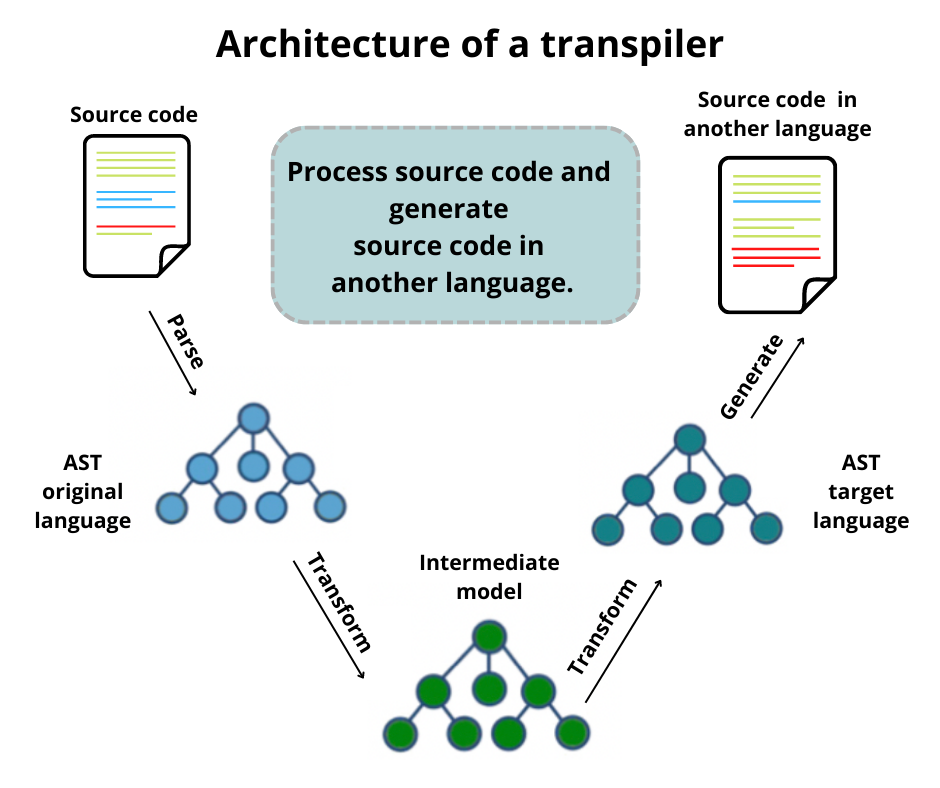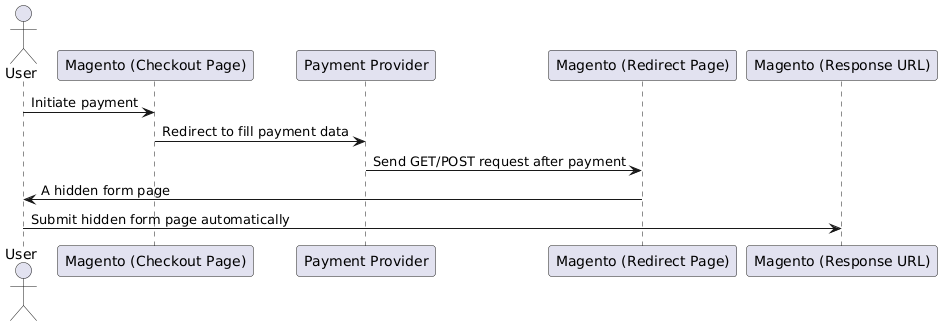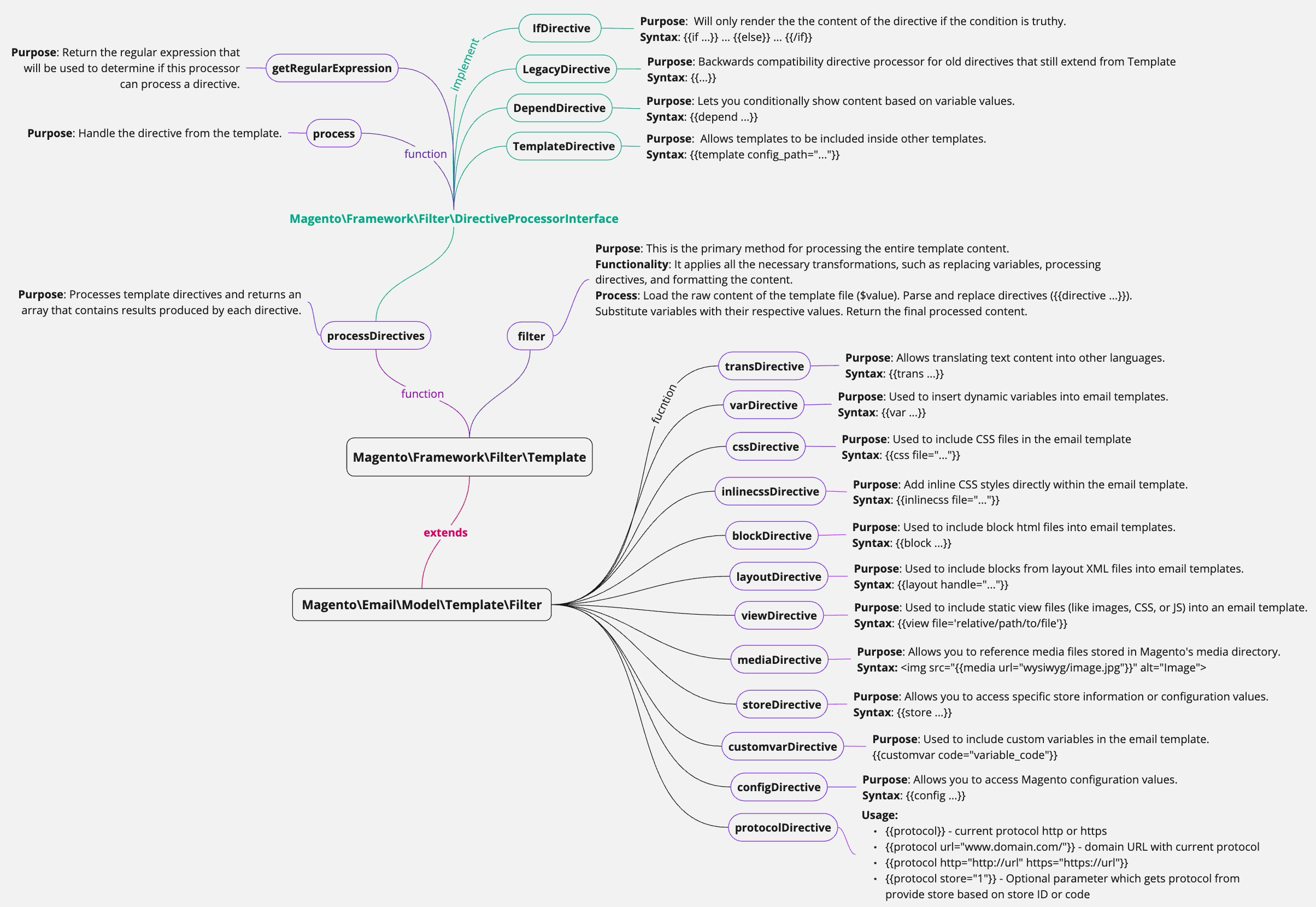
Magento is a powerful and popular platform for e-commerce, but it also requires regular updates to keep up with the changing technology and customer expectations. Updating Magento to the latest version is not only a good practice, but also a necessity for ensuring the security, performance, and functionality of your online store.
Updating Magento to the latest version has several benefits, such as:
• Security: Magento releases frequent updates that include security patches to fix any known vulnerabilities and protect your online store from potential attacks. Security is a top priority for e-commerce, as any breach can result in data loss, reputation damage, and legal consequences. By updating Magento to the latest version, you can ensure that your store is secure and compliant with the latest security standards .
• Performance: Magento updates also include enhancements to the platform code, which can improve the speed and efficiency of your online store. Faster page load times and smoother user experience can lead to higher customer satisfaction and retention, as well as better SEO rankings and conversions .
• Functionality: Magento updates also introduce new features and functionality that can help you create a more dynamic and engaging online store. For example, some of the recent updates have added support for progressive web apps (PWA), GraphQL APIs, Elasticsearch, inventory management, and more . By updating Magento to the latest version, you can take advantage of these new features and functionality to enhance your store’s capabilities and competitiveness.
• Scalability: Magento updates also improve the scalability of your online store, which means that it can handle more traffic and transactions without compromising on performance or quality. Scalability is essential for e-commerce, as it allows you to grow your business and meet the increasing demand of your customers .
Therefore, updating Magento to the latest version is a wise decision that can benefit your online store in many ways. However, updating Magento can also be a complex and challenging process that requires careful planning and execution. To ensure a smooth and successful update, you should follow some best practices, such as:
• Backup: Before updating Magento, you should always backup your files and database, so that you can restore them in case anything goes wrong during the update process.
• Test: Before updating Magento on your live site, you should always test the update on a staging or development site first, so that you can check for any errors or compatibility issues with your theme or extensions.
• Monitor: After updating Magento on your live site, you should always monitor your site’s performance and functionality, so that you can identify and fix any issues or bugs that may arise after the update.
In conclusion, updating Magento to the latest version is a vital step for maintaining and improving your online store’s security, performance, functionality, and scalability. However, updating Magento also requires careful preparation and execution to avoid any problems or disruptions. By following some best practices, you can ensure a smooth and successful update that will benefit your online store and your customers.



